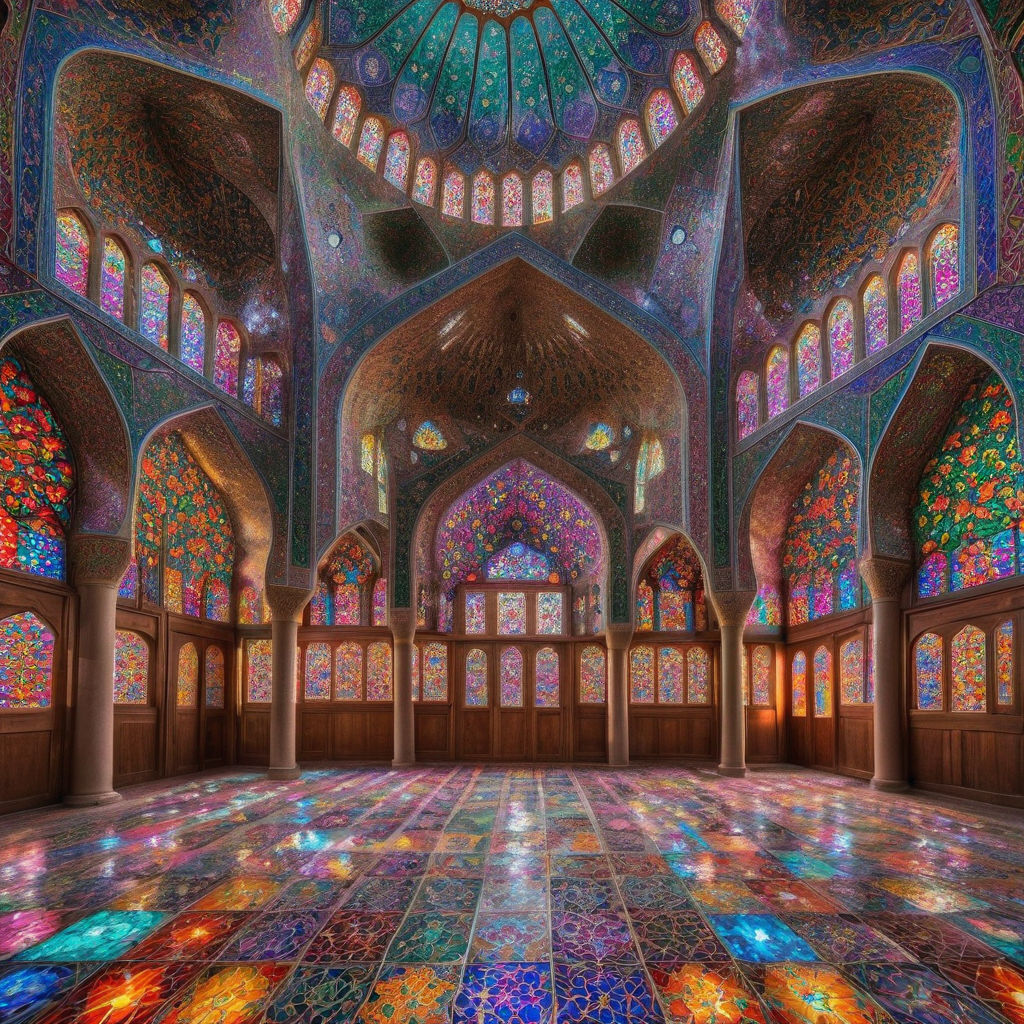Discover Iran: Rich Heritage, Cultural Diversity, and Social Dynamics
Exploring Iran's Cultural Tapestry, International Engagement, and Social Interactions

Introduction to Iran
Iran, officially known as the Islamic Republic of Iran, is located in Western Asia. It is bordered by Armenia and Azerbaijan to the northwest, Turkmenistan to the northeast, Afghanistan and Pakistan to the east, Iraq to the west, and Turkey to the northwest, with the Persian Gulf and the Caspian Sea forming its southern and northern boundaries, respectively. Major cities include Tehran (the capital), Isfahan, Mashhad, Shiraz, and Tabriz. Iran boasts a rich cultural heritage that dates back thousands of years, including the ancient Persian Empire. Its cultural contributions span literature, art, architecture, and philosophy, with historical landmarks such as Persepolis, the Naqsh-e Jahan Square, and the Golestan Palace.
Cross-national and Cross-cultural Understanding
Iranians generally perceive and engage with other cultures with a mix of curiosity, pride in their own heritage, and openness. The country has a long history of cultural exchange, owing to its strategic location along the Silk Road and its historical interactions with various empires and civilizations. This has fostered a deep appreciation for cultural diversity and international collaboration. Significant cultural exchanges and educational programs highlight Iran’s commitment to fostering global understanding. Organizations such as the Saadi Foundation promote Persian language and culture abroad, offering courses and cultural events. Additionally, Iran participates in various international cultural festivals and art exhibitions, showcasing its rich heritage. Educational initiatives, such as scholarships for international students provided by Iranian universities, facilitate academic and cultural exchanges. Iran’s membership in international organizations like UNESCO further underscores its dedication to promoting global cultural ties.
Interactions and Social Dynamics
Interactions between Iranians and foreigners are generally characterized by warmth and hospitality. Iranian social behaviors are influenced by cultural values such as "taarof" (a form of Persian etiquette), respect for elders, and a strong sense of community. These values are often reflected in the way Iranians engage with outsiders. Social behaviors in Iran emphasize respect and formality, particularly in initial interactions. Greetings typically involve a handshake for men and verbal greetings for women, accompanied by phrases of welcome and politeness. Hospitality is a significant aspect of Iranian culture, and guests are often treated with great care and generosity, frequently invited to share meals and participate in family gatherings. Communication styles in Iran are generally indirect and polite. Iranians tend to use elaborate language and gestures to convey their messages, often prioritizing harmony and avoiding confrontation. Understanding these subtleties can be challenging for foreigners, but learning the language and cultural norms can help bridge this gap. Language plays a crucial role in facilitating interactions. Persian (Farsi) is the official language, while English is widely taught in schools and spoken by many in urban areas. Multilingualism, including knowledge of other local languages such as Kurdish, Azeri, and Arabic, aids in cross-cultural communication and interactions.
Views on Dating and Relationships
Dating and relationships between Iranians and foreigners are relatively rare but are becoming more common, particularly among younger generations and in urban areas. Iranian society tends to be conservative about relationships, heavily influenced by cultural and religious norms. However, there is a growing openness towards cross-cultural relationships as opportunities for international exposure increase. In Iranian dating culture, there is often a strong emphasis on family approval and social harmony. Relationships are typically pursued with a long-term perspective, and traditional gender roles can play a significant role. Men are often expected to be providers and protectors, while women are expected to be nurturing and supportive. Cultural expectations and traditions, such as the importance of family approval and adherence to religious practices, can impact relationships. Understanding and respecting these cultural norms is essential for successful cross-cultural relationships in Iran.
Marriage and Family
Marrying foreigners is accepted in Iran, although it comes with certain social and familial considerations. Legal considerations for such marriages involve specific regulations governed by Iranian civil law and religious practices. Foreign spouses are required to convert to Islam if they are not already Muslim, which can be a significant consideration for cross-cultural marriages. Socially, Iranian families may initially have reservations about cross-cultural marriages due to concerns about cultural differences and social compatibility. However, acceptance typically increases as relationships develop and families get to know the foreign partner. Family plays a central role in Iranian culture, and marrying into an Iranian family often involves participating in family gatherings and traditions. Common practices in cross-cultural marriages include celebrating both Iranian and foreign traditions, creating a blended cultural environment. For example, a couple might celebrate Iranian holidays like Nowruz (Persian New Year) and Yalda Night alongside holidays from the foreign partner’s culture.